Hermaphroditism, also hermaphroditism or Hermaphrodite called, denotes individuals who genetically, anatomically or hormonally cannot be clearly assigned to a gender. Today, however, the term is more used for this medical phenomenon Intersex utilized. Intersexuality is one of the disorders of sexual differentiation. The German Institute for Medical Documentation and Information (DIMDI) (ICD-10-GM-2018) classifies this form in Chapter 17 (Congenital malformations, deformities and chromosomal anomalies) as well as congenital malformations of the genital organs, in particular an indeterminate gender and pseudo-thermaphroditism. Sufferers usually reject the pathologizing medical term of the disorder.
What is hermaphroditism?

In addition to 22 pairs of chromosomes, men usually also have an X and a Y chromosome. Women, on the other hand, have two X chromosomes.
© WavebreakMediaMicro - stock.adobe.com
Hermaphrodites are people with unclear gender characteristics. In most cases, the hermaphrodite genitals are abnormally shaped. In the case of psychological hermaphroditism, physically there is no double gender, but those affected cannot identify with just one gender. One also speaks of one third gender.
At the Pseudo-hermaphroditism the chromosomal sex and the internal genitalia do not correspond to the external sex or the external genitalia and the secondary sex organs. Pseudo-hermaphroditism is closely related to the concept of androgyny. There is a male and a female pseudo-hermaphroditism. In the male form, the inner gender is male, but the outer gender is female. With female pseudo-hermaphroditism it is exactly the opposite.
causes
An ambiguous body gender can have various causes. A chromosomal variation, i.e. changed chromosomes, can result in intersexuality. Known chromosomal disorders that are associated with hermaphroditism are Klinefelter syndrome with a male and Turner syndrome with a female appearance. A gonadal variation is also conceivable. This is a developmental disorder of the gonads (gonads).
Sex glands are sex glands in which sex hormones and germ cells are formed. In the male it is the testicles, in the female it is the ovaries. If the gonads are missing or are completely inoperable, one speaks of agonadism. But even partial training can lead to intersexuality. The inadequately developed stripe gonads are not able to produce sufficient sex hormones.
If the functions of the testes and ovaries are combined in a gonad and both egg cells and sperm are produced, this is known as ovotestis. Another cause of hermaphroditism are hormonal disorders. These can be chromosomally or gonodally caused. Enzyme defects or kidney disorders can also lead to an unbalanced hormone balance.
Symptoms, ailments & signs
As diverse as the causes of intersexuality are, as diverse are their manifestations. In addition to 22 pairs of chromosomes, men usually also have an X and a Y chromosome. Women, on the other hand, have two X chromosomes. If there is an error in sperm production and a sperm without the X and Y chromosomes fertilizes an egg cell, so-called X0 individuals develop. So these people lack a sex chromosome.
Since there is an X chromosome, the X0 individuals develop into women. However, these women are sterile and cannot father children. This condition is called Turner Syndrome. Klinefelter syndrome is more common. Here, the sex chromosomes did not separate when the seeds ripened and the father inherited two sex chromosomes from the child. Together with the inherited sex chromosome from the mother, the child now has two X chromosomes and one Y chromosome.
Due to the dominant Y chromosome, the children are male, but suffer from low testosterone levels due to the second X chromosome. This leads to small testicles and the inability to conceive. In many Klinefelter patients, however, the symptoms are rather mild and often go unnoticed.
If the chromosome set is normal and those affected suffer from so-called insufficient androgen resistance, i.e. a reduced effect of male sex hormones, reduced beard and body hair and infertility are the consequences.
With complete androgen resistance, no visible male sexual organs are formed. The testicles remain inside the body, a vagina is visible on the outside, but the fallopian tubes and uterus are missing. Those affected are perceived as girls. The diagnosis is usually made by chance.
diagnosis
If a disorder of the sex differentiation is suspected, various blood tests are carried out. On the one hand, the hormone status is determined and, on the other hand, the chromosome set is examined. In addition, the abdomen and pelvis are examined using ultrasound. Here, attention is paid to the presence or absence of the uterus and ovaries.
A so-called genitogram can be used to determine whether a vagina is present using an X-ray. In some cases, a biopsy of the sex glands is needed to determine what tissues are present in the sex glands. This examination is carried out under anesthesia in the hospital. Diagnostics can also be used to make a prognosis about the fertility of the affected person.
Complications
In some cases, hermaphroditism leads to various psychological and physical complaints. In most cases, men suffer from general infertility. This cannot currently be treated, so that those affected suffer from this complaint for their entire life. Furthermore, there are feminine characteristics in men, so that, for example, the growth of beard is reduced or the testicles are also small.
It is not uncommon for patients to be mistaken for a girl or a woman. This behavior can have an extremely negative effect on the quality of life and will not infrequently lead to psychological complaints and depression. The hermaphroditism then makes everyday life extremely difficult for those affected. Treatment of hermaphroditism does not lead to further complications.
In most cases it is possible to compensate for any symptoms of hermaphroditism with the help of hormones. Parents can also choose a gender for their child if this is not clearly evident at birth. Unfortunately, children often experience bullying and teasing and social exclusion. These complaints can also be examined and treated by a psychologist. Hermaphroditism does not lead to a reduction in life expectancy.
When should you go to the doctor?
As a rule, a doctor does not have to be consulted to diagnose hermaphroditism, as the disease can be diagnosed immediately after birth or even before birth. However, those affected are dependent on therapy and treatment, especially at the beginning of their lives, to alleviate the symptoms. A doctor should generally be consulted if symptoms arise despite therapy. A visit to a doctor is necessary, especially if you are unable to conceive.
The doctor should also be consulted if the hermaphroditism is not diagnosed immediately after birth, but only later in life. The symptoms can also be treated with surgical interventions or with the help of hormones. Furthermore, many patients suffer from psychological complaints due to hermaphroditism and therefore require psychological treatment. An early diagnosis and treatment always has a positive effect on the further course and can prevent various complications.
Doctors & therapists in your area
Treatment & Therapy
If sex differentiation disorders were diagnosed in children from 1960 onwards, sex reassignment surgery was often performed shortly after birth. Thereafter, hormone treatment was usually carried out. This had drastic consequences and often later led to infertility.
The medical information was often inadequate and the operations were not always necessary. Today, surgical interventions to adapt the sex are viewed rather critically. If the gender is ambiguous, the parents have the right to choose which gender their child should belong to.
Since 2009 it has been possible to have a birth certificate issued without a registered gender. In this way, parents with a known disorder do not have to decide on a gender immediately after the birth and can let their child decide later. Therapies today are carried out much more individually than they were in the 60s and 70s.
The focus is not on the anatomical alignment, but rather on the psychological handling of those affected with their physical conditions. Many intersex people fight to ensure that their intersexuality is no longer perceived as a disease, but as a variation in normal gender development. They do not see therapy as help, but as discrimination.
Outlook & forecast
Hermaphroditism persists for a lifetime without treatment. In humans there is no real hermaphroditism, but so-called pseudo-hermaphroditism. Since the rare cases are always very individual, it must be decided on a case-by-case basis whether treatment is necessary and useful at all.
Usually it is only recognized in teenage or young adulthood that there is a case of pseudo-hermaphroditism, so that sexual characteristics have long since developed and the person feels that they belong to one or the other sex.
Treatment can be useful if the patient does not identify with the biological sex. Then it can be considered whether a partial or complete sex change could reduce the psychological stress. If, on the other hand, the patient feels that he or she belongs to the gender to which he or she has been assigned, it can make sense to use surgical and medicinal measures to reduce the characteristics of the opposite sex.
If the external or internal sexual organs have unusual shapes, this can be corrected surgically as necessary. Often this alone reduces the hormone levels of the opposite sex, so that hormonal treatment is sufficient for a short time.This can help to develop the characteristics of the actual gender in pseudo-hermaphroditism. The later the (pseudo-) hermaphroditism is recognized, the more difficult it becomes to influence the development.
prevention
Intersexuality cannot be prevented, since in many cases it is a matter of hereditary disorders in sexual development.
Aftercare
In the case of hermaphroditism, the affected person usually has no direct options or measures for follow-up care. The patient first needs a comprehensive diagnosis and treatment. However, the symptoms cannot always be completely alleviated.
Only in a few cases are surgical interventions possible that assign a clear gender to the person concerned. In most cases, a comprehensive operation is carried out immediately after the birth to alleviate the symptoms. Therefore, the early detection of the disease through the respective symptoms is in the foreground.
After the procedure, those affected are dependent on taking medication, mainly hormones. As a result, the genital organs are fully developed. Above all, parents must ensure that the medication is taken correctly and regularly so that the symptoms are completely alleviated.
As a rule, hermaphroditism also requires psychological treatment. This should be initiated very early. Support from your own family and from relatives and friends is also very important. The relatives must understand the disease and deal with the patient properly. The life expectancy of the person affected is not reduced by hermaphroditism.
You can do that yourself
The relationship between an intersex person and their gender characteristics, physical and psychological, often depends on their socio-cultural environment, and not infrequently on their medical history. For over many decades irreversible adjustments were made shortly after birth or in childhood, which later led to serious problems in finding identity for some of those affected; The same applies to hormone administration.
The pathologization of hermaphroditism without the existence of a health problem must be fundamentally questioned. Intersex people, whose bodily functions, possibly apart from their reproductive capacity, are not or hardly restricted by their more or less pronounced sexual characteristics, are normal healthy people with regard to their gender identity.
(And there are also intersex people who, despite their sexual characteristics, feel “male” or “female” and do not belong to a “third gender”, which means they are also “male” or “female”.)
However, since they could be considered exotic, especially in non-intersex circles, despite the normality of intersexuality that is attributed to them, many keep their true gender identity - belonging to the “third gender” - secret at work, etc.
Special (regional and interregional) self-help groups offer the opportunity to exchange ideas with others. When dealing with one's own gender, reading about the recognition of hermaphrodites in other times and in other cultures can also be enriching; for example, there are three genders in Buddhist origin myths.
From a legal point of view, the emancipation of intersex people is still on the move; On November 8, 2017, the Federal Constitutional Court in Karlsruhe ruled that intersex people should be given a “positive identity” - not just the decision to be neither “male” nor “female”.


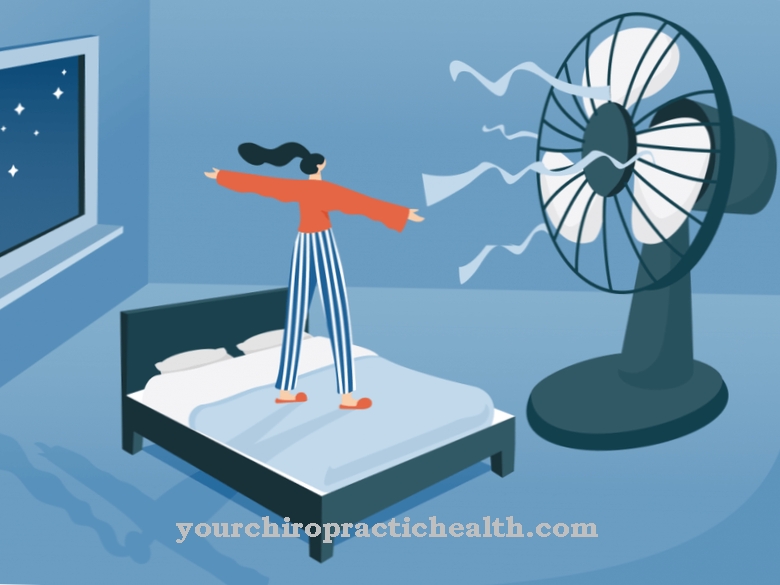

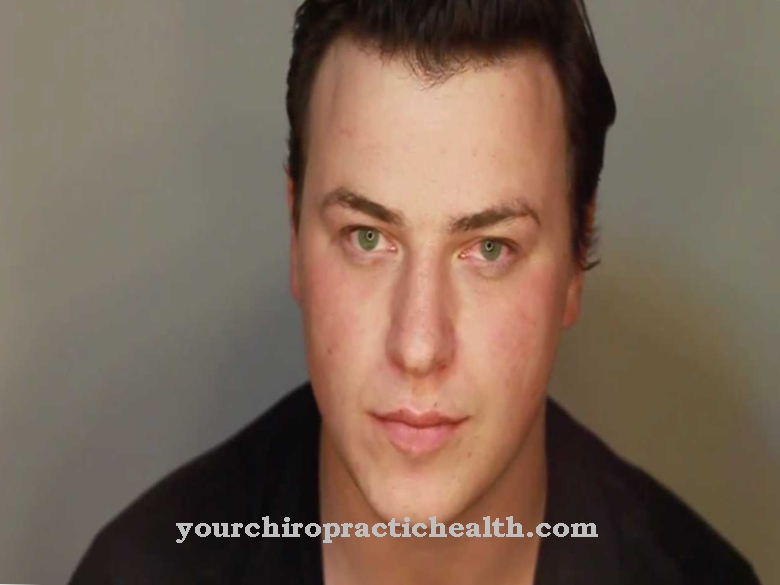



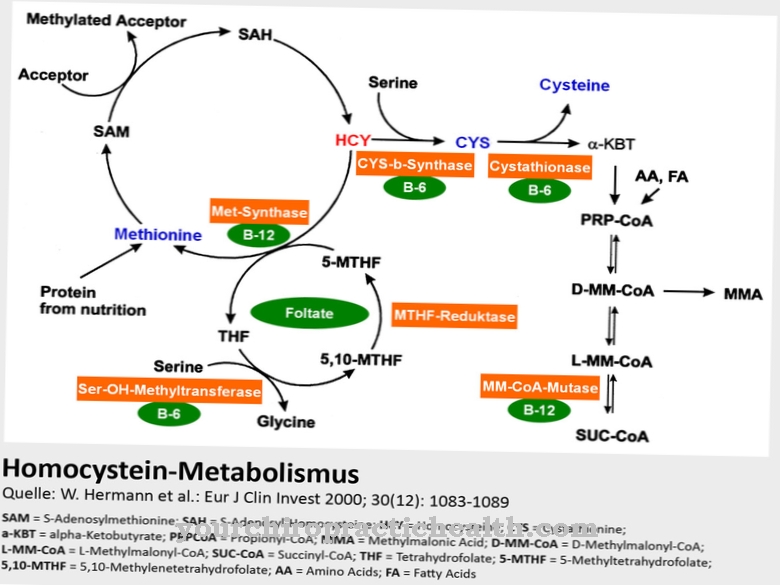



.jpg)

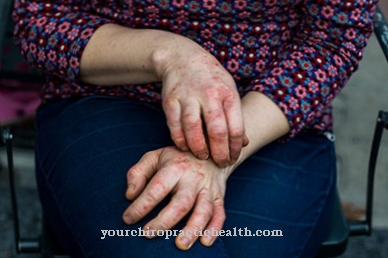


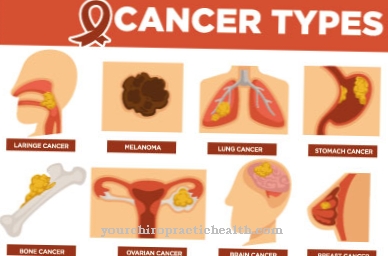

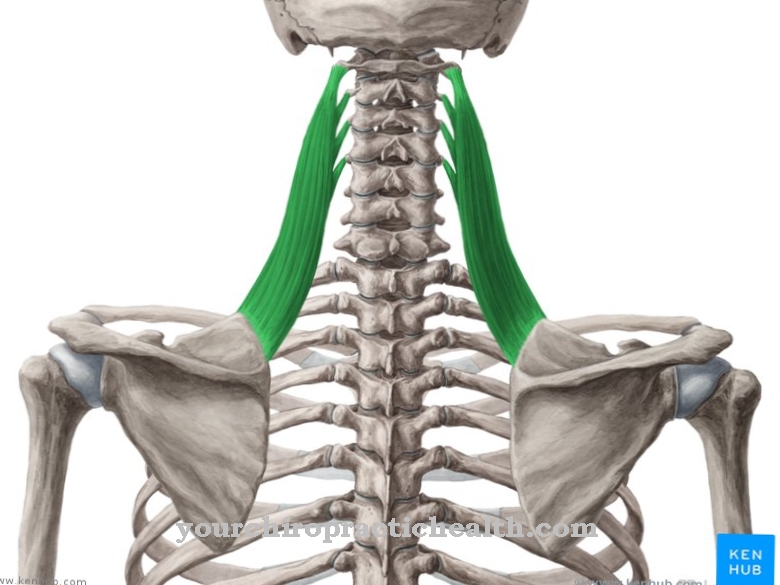


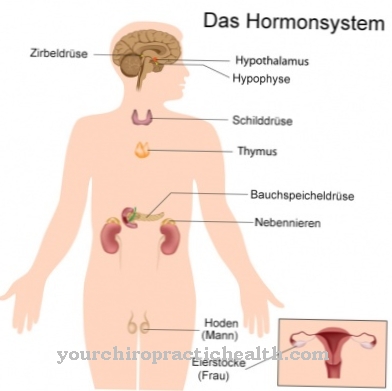
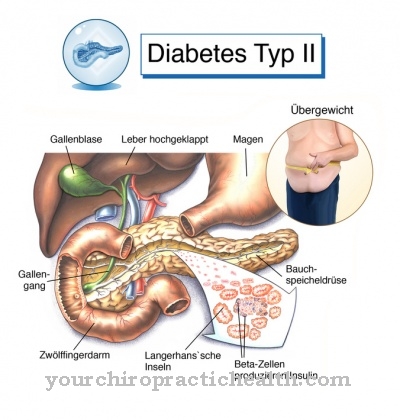

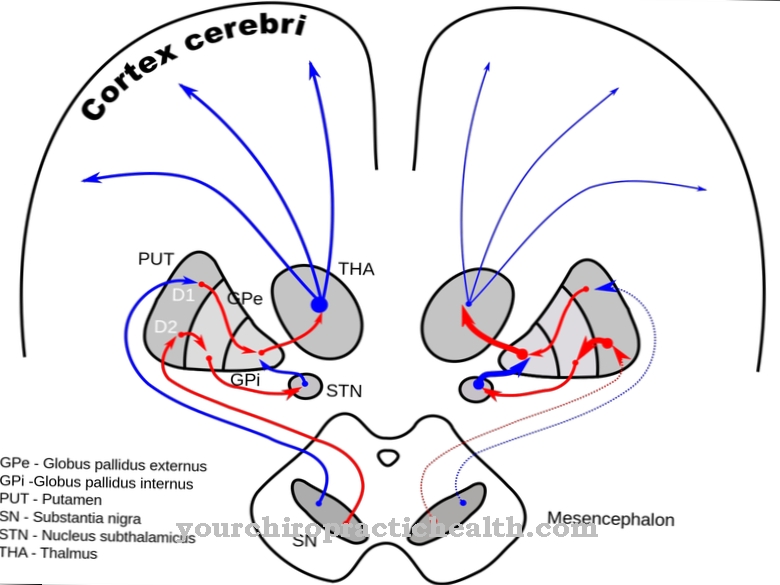


.jpg)